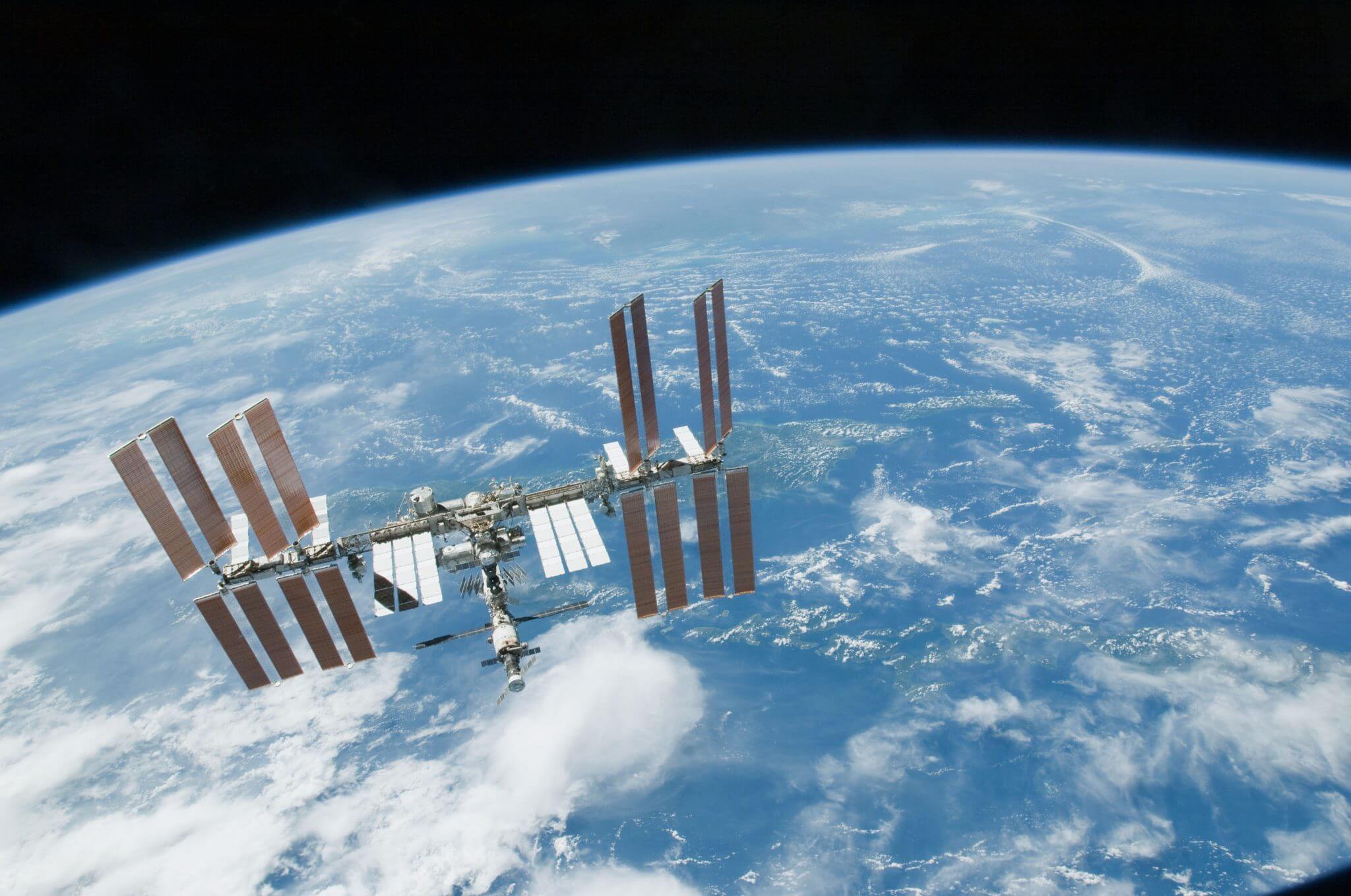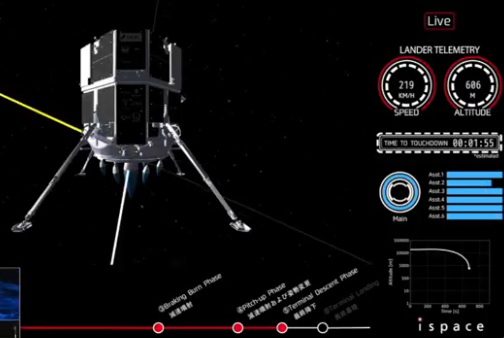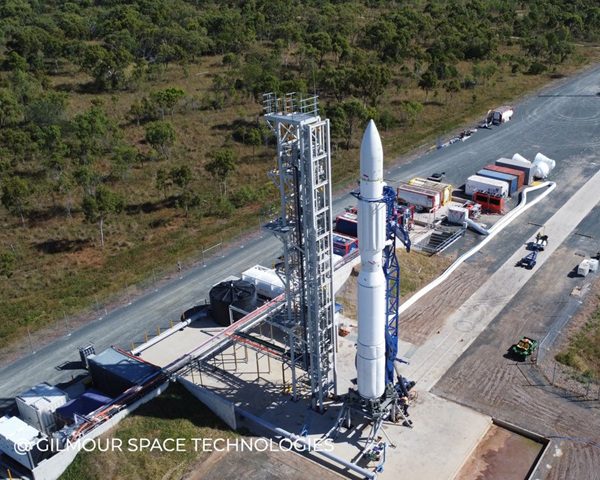NASA has released a series of detailed images of the “dwarf planet” Pluto and its nearby moon, Charon, taken by the New Horizons spacecraft launched in January 2006. The first really good image of Pluto was taken by the Long Range Reconnaissance Imager (LORRI) on 13 July 2015, at a distance of 768,000km from the planet’s surface.
The colour image was combined with lower-resolution colour information, acquired on 13 July from the Ralph instrument. The view is dominated by the large, bright feature informally named the “heart,” which measures approximately 1,000 miles (1,600 km) across.
Four images from New Horizons’ Long Range Reconnaissance Imager (LORRI) were combined with colour data from the Ralph instrument to create this enhanced global view. The images, taken when the spacecraft was 280,000 miles (450,000 km) away, show features as small as 1.4 miles (2.2 km).
This later enhanced colour version was used to detect differences in the composition and texture of Pluto’s surface. It paints a new and surprising portrait of the dwarf planet. The “heart of the heart,” Sputnik Planum, is suggestive of a source region of ices. The two bluish-white “lobes”, extending to the southwest and northeast of the “heart”, may represent exotic ices being transported away from Sputnik Planum.
The following day the spacecraft made its closest approach to the planet and to Charon, and took images and scientific readings that included the discovery of polygonal segmented planes of methane ice on Pluto. This may be a function of some heat emanating from the planet’s interior. Ridges and troughs are thought to be reformations following thermally induced “cracking”.
The lack of craters on Charon appeared to indicate a “young surface” created by volcanic and geological processes, though it does bizarrely have a “mountain in a moat” feature.






